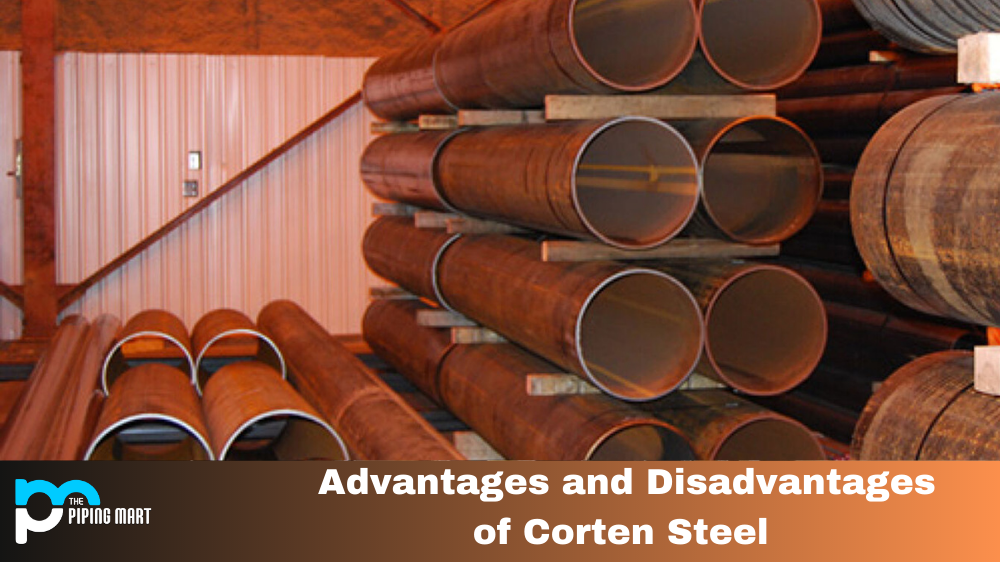Aluminium has become a crucial element in the manufacturing industry. Its resistance to corrosion, durability, and lightweight nature make it ideal for various applications. Among the different types of aluminium alloys available are the 6005 and 6060. These two alloys are widely used for their strength, elasticity, and machinability. However, there are significant differences between the two alloys, and in this article, we will provide you with an in-depth comparison of aluminium 6005 vs 6060.
Difference Between Aluminium 6005 and 6060
Composition and Properties
One of the primary elements of any alloy is the composition that defines its properties. Aluminium 6005 comprises aluminium, magnesium, silicon, and manganese, while aluminium 6060 comprises aluminium, magnesium, and silicon. The main difference in their properties is that 6005 has a higher magnesium content, giving it higher strength. In contrast, 6060 has a higher silicon content, providing better formability and weldability. Regarding mechanical properties, 6005 has a higher tensile strength of up to 330MPa, while 6060 has a lower tensile strength of 140 – 200MPa.
Applications
Both alloys are widely used in different industries. Aluminium 6005 is perfect for structural applications where higher strength is required. It’s commonly used for railings, the transport industry, and construction. On the other hand, Aluminium 6060 is an ideal choice for architectural applications where formability, weldability, and aesthetics are more important. It is commonly used in frames for windows and doors, sheet metal fabrication, and protective coatings.
Machinability
Machinability is a crucial factor in the choice of aluminium alloys. Aluminium 6060 is known for its excellent machinability. It can be easily processed into different shapes and sizes. In contrast, 6005 has lower machinability due to its higher magnesium content, which makes it more challenging to machine.
Finishing options
The finishing options of aluminium 6005 and 6060 are slightly distinct. 6005 has a better finishing option than 6060. Aluminium 6005 can be anodized easily, and the anodized coating provides better corrosion protection. It can absorb vibrant colours, and the finish can last for years. On the other hand, aluminium 6060 has better powder coating options, and the finish can last for decades.
Cost
Cost is a significant factor in choosing the right aluminium alloy. The cost of materials can significantly impact the budget of a project. Aluminium 6005 is generally more expensive than 6060 due to its higher magnesium content, which makes it superior in strength. However, the price difference varies depending on the supplier and location.
Conclusion
In conclusion, 6005 and 6060 aluminium alloys have distinct advantages and disadvantages. Choosing the suitable alloy depends on the specific requirement of the project and application. If high strength is required, 6005 is ideal; however, if formability and weldability are more important, 6060 should be your go-to option. Machinability, finishing options, and cost are vital in making the right choice. You can select the most suitable aluminium alloy for your project by understanding the differences.

A passionate metal industry expert and blogger. With over 5 years of experience in the field, Palak brings a wealth of knowledge and insight to her writing. Whether discussing the latest trends in the metal industry or sharing tips, she is dedicated to helping others succeed in the metal industry.




